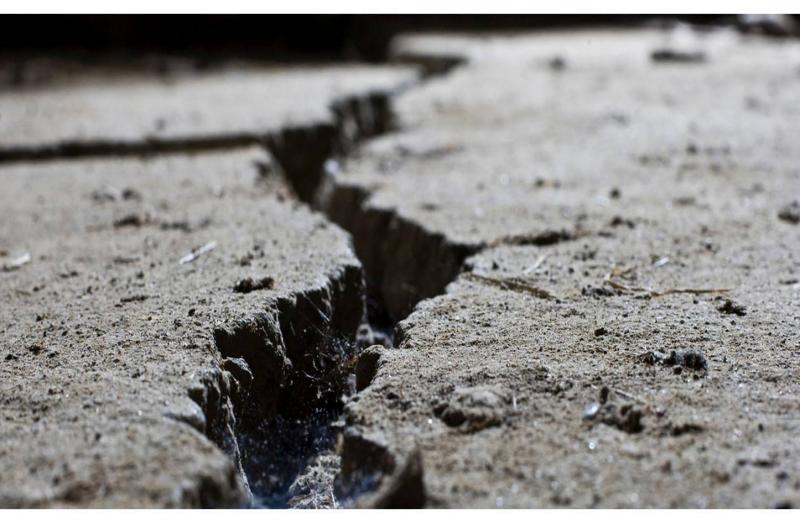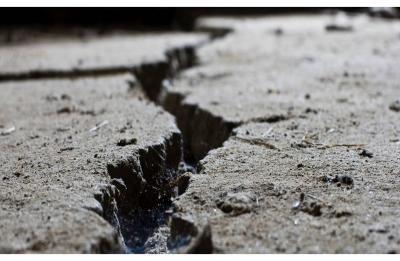Dr. Ahmad Mallaabah, a professor of geology, environment, and climate change at the Hashemite University in Jordan, stated that "the series of earthquakes in Hama, Syria, is an unstoppable force." He explained that after the "Great Anatolian Earthquake," the Arabian plate began to stabilize, releasing the latent energy from the large earthquakes in Anatolia and the absence of Antioch.
Professor Mallaabah noted that a magnitude 5.5 earthquake struck east of Hama around midnight two days ago, with its epicenter at a depth of 10 kilometers, as reported by global monitoring stations such as those in Jordan and Germany. No fatalities were reported. The tremor was felt by residents in Jordan, Lebanon, Turkey, and Cyprus.
Mallaabah added that this earthquake was preceded by a magnitude 3.9 tremor three hours earlier, followed by four aftershocks within minutes, ranging from 3.9 to below 3 in magnitude.
**Tectonic Situation**
The expert explained that after the Great Anatolian Earthquake, the Arabian plate started returning to stability, discharging the latent energy from large earthquakes in Anatolia and the absence of Antioch. He pointed out that due to the presence of extended faults near the end of the Arabian plate in the northern part and a collision zone between the Arabian and Eurasian plates, as well as the presence of an ophiolite zone in the Kessab and Ras al-Basit areas near Latakia and Jableh, weak to moderate movements occurred 3 kilometers north of the Zghrin area in northern Syria, resulting in several quakes, the most significant being a 5.5 magnitude earthquake.
**The Problem After 6 Magnitude**
Engineer Abdullah Asem Ghosha, Vice President of the Arab Consulting Engineering Association and a member of the Jordanian Construction Council, commented on the recent earthquake that struck northern Syria and was detected in Jordan, felt by some residents last night.
Ghosha posted on Facebook stating a 5.4 magnitude tremor was recorded, followed by weaker aftershocks, asserting that these magnitudes are not alarming and do not cause any damage. He explained that the problem arises when the magnitude exceeds 6 and above, while weak tremors are a natural phenomenon that may frequently occur in our region for various reasons.
He noted that after the Turkey and Syria earthquakes two years ago, the Jordanian government took several precautionary measures, updating many building codes, especially regarding earthquakes, and inspecting projects during construction to ensure compliance with earthquake-resistant designs.
He concluded by saying, "An earthquake or seismic tremor is a natural phenomenon; it is a vibration or a series of successive vibrational shocks to the Earth's surface occurring in just a few seconds, resulting from the movement of the rock plates in the Earth's crust. The earthquake's center is called the focus."




